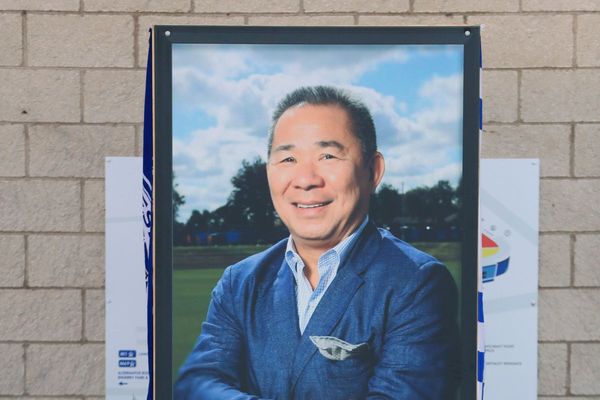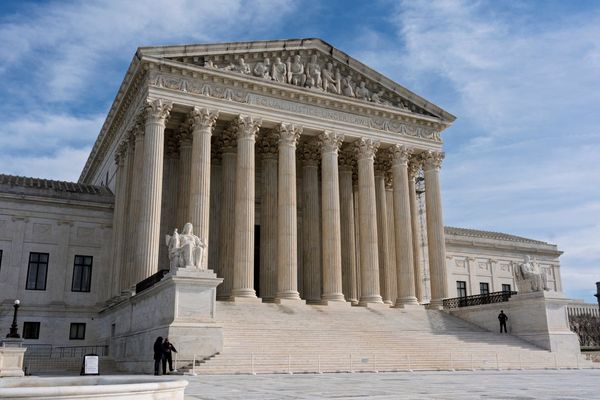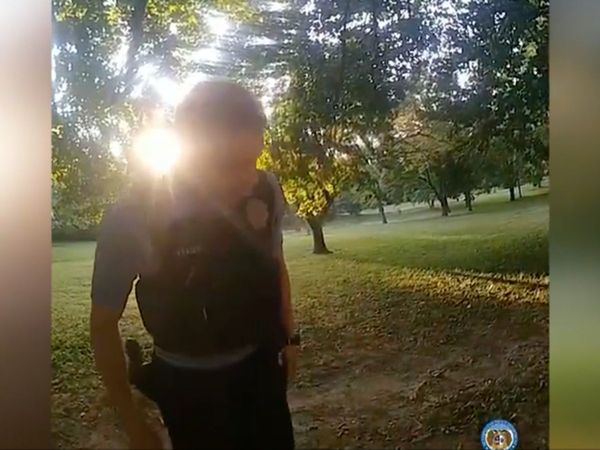
THE most important factor in the AUKUS nuclear subs agreement was not whether we use the US or UK models, but our ability as a nation to manage the consequences of becoming a nuclear power.
That was "the personal view" of Vice Admiral (retired) Tim Barrett, chief of navy from 2014 to 2018, as he explained the consequences of going nuclear to the second day of the Hunter Defence Conference at Crowne Plaza Hunter Valley.
Vice Admiral Barrett said US nuclear subs had travelled 160 million nautical miles without a reactor mishap and their submariners were statistically safer than someone on the streets of New York.
But the safety standards were so stringent that the subs needed dedicated facilities and a significant off-wharf support, including a dedicated nuclear ward in an allocated hospital.
Vice Admiral Barrett said the sheer scale of the changes involved meant Australia needed an honest and open debate about the implications of AUKUS, and the reasons why the nation needed to take this step.
In describing the national challenge, he invoked the memory of US admiral Hyman Rickover, the father of the program that built America's first nuclear submarine in seven years from 1948.
He compared the AUKUS deal and its nuclear implications to "getting a puppy".
"It's not just for Christmas, but for life," Vice Admiral Barrett said.
He said local and state governments around the country had to work with Canberra no matter where the subs were based.
By bringing Australia into the nuclear club through AUKUS, the US and the UK were trusting Australia with the maturity to successfully manage the technology.
The deteriorating outlook meant that circumstances had changed, but they had said "no" previously, and were now saying yes.
The conference also heard from serving senior figures in the Army, Navy and Air Force, who all spoke of the increasingly complex security situation, with China and Russia the obvious main concerns for Allied countries.
The conference also heard of the Australian Defence Force's race to accelerate its abilities in electronic warfare - with offensive as well as defensive technologies - and of dramatic developments in the Australian space industry.
The Morrison government named a nuclear subs east coast base shortlist of Newcastle, Port Kembla and Sydney Harbour, and the Albanese government has commissioned former defence minister Stephen Smith and former defence chief Angus Houston to prepare a wide-ranging review of Australia's defence force capabilities before March next year.
But regardless of the outcome of the review, senior defence figures told the conference that each arm of the forces was accelerating and expanding its capabilities to meet what was universally accepted as the growing threats to global stability.
The modern defence force worked increasingly with the private sector and the conference heard of a willingness to break down bureaucratic barriers and to work as closely as possible with the private sector, which in turn needed to take advantage of government subsidy and grant programs on offer that would help private firms meet the more demanding standards required by Defence.
NSW Trade Minister Alister Henskens spoke before last night's dinner and the NSW government has announced $2 million for 20 welding training machines for TAFEs including Tighes Hill to train welders.

- WHAT DO YOU THINK? We've made it a whole lot easier for you to have your say. Our new comment platform requires only one log-in to access articles and to join the discussion on the Newcastle Herald website. Find out how to register so you can enjoy civil, friendly and engaging discussions. Sign up for a subscription here.







